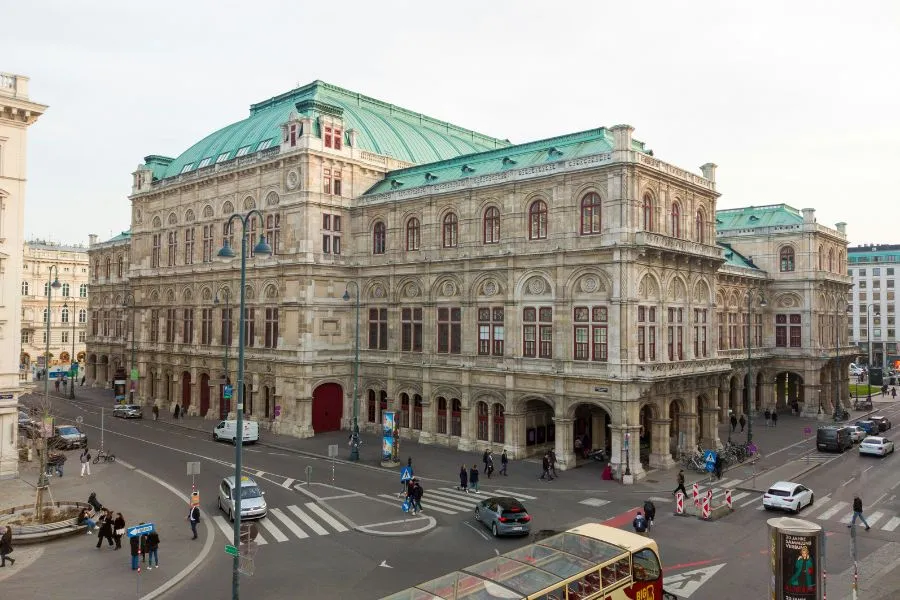Austria has emerged as a desirable destination for skilled workers seeking long-term residence in Europe, thanks to its high quality of life, strong economy, and strategic location. Many prospective migrants wonder whether holding a work visa can eventually lead to permanent residency (PR) in Austria. In this guide, we explore the Austrian work visa system, eligibility criteria, and the step-by-step process to transition from temporary employment to permanent residency.
Key Takeaways
Overview of Austria’s Work Visa System
Austria offers several work visa categories for foreign nationals, primarily divided into Red-White-Red (RWR) Card programs and standard employment permits. The Red-White-Red Card is the most prominent route for skilled professionals, allowing them to live and work in Austria for up to 24 months with a clear path to permanent residency. Within this framework, there are subcategories tailored to highly qualified workers, key workers in shortage occupations, and graduates from Austrian universities.
Planning to Stay in Austria Long-Term? Check Your PR Eligibility!
We connect you with trusted immigration experts who simplify the entire process — from paperwork to approval.
For other foreign workers, the Austrian Employment Permit system allows employers to hire non-EU nationals for specific roles, although these are often tied to labor market tests to ensure that Austrian or EU citizens cannot fill the position. Additionally, intra-company transfers under multinational organizations are possible, often with expedited permit processing.
Eligibility for Austrian Work Visas
Eligibility for work visas in Austria depends on the visa category and the applicant’s qualifications. Key requirements for the Red-White-Red Card include:
Also Read: Can You Work in the UK Without a Job Offer in 2025?
- A recognized higher education degree or comparable professional qualifications.
- Relevant work experience in your field.
- A job offer that meets minimum salary thresholds set by the Austrian government.
- Points-based assessment covering age, education, language skills, work experience, and adaptability.
For standard employment permits, applicants typically need a valid job offer in Austria, proof that no local or EU candidate can fill the position, and compliance with salary and employment regulations. Language proficiency in German is highly advantageous, particularly in public-facing roles or for integration into Austrian society, though some positions may allow English-speaking professionals.
Transitioning from Work Visa to Permanent Residency
Austria’s path from a work visa to permanent residency is structured and clearly defined. The most common route is through the Red-White-Red Card Plus, which allows holders to live and work without restrictions and serves as a stepping stone to PR.
The general steps are:
- Temporary Residence with Employment Permit or RWR Card: Start with a Red-White-Red Card or standard employment permit, usually valid for 12–24 months.
- Red-White-Red Card Plus: After 21 months of continuous employment on a standard RWR Card (or 33 months if German language proficiency is below B1), workers can apply for the RWR Card Plus, which provides unlimited access to the labor market.
- Permanent Residency (Settlement Permit – Daueraufenthalt EU): After five years of continuous legal residence in Austria, including at least three years under an RWR Card Plus or similar status, applicants may apply for permanent residency.
- Integration Requirements: Applicants must demonstrate sufficient German language skills (usually level B1), financial self-sufficiency, and basic knowledge of Austria’s legal and social systems.

Application Process and Required Documents
The application process for work visas and PR in Austria involves several stages. For the Red-White-Red Card:
- Initial Application: Submit a completed application form along with a valid passport, employment contract, proof of qualifications, CV, proof of accommodation, and health insurance coverage.
- Points Assessment: Austrian authorities evaluate the applicant’s points under the Red-White-Red Card scheme.
- Issuance of Card: Upon approval, the card is issued and serves as a residence and work permit.
For PR applications:
- Proof of Continuous Residence: Documentation confirming lawful stay in Austria for the required period.
- Employment Records: Pay slips, employment contracts, or proof of self-employment demonstrating financial stability.
- Language and Integration Certificates: Evidence of German language proficiency and completion of integration courses if required.
- Health Insurance and Financial Means: Proof that applicants can support themselves without relying on social welfare.

Applications are typically submitted to the Austrian immigration authorities (MA35 in Vienna or provincial authorities elsewhere). Processing times vary but are generally longer for permanent residency due to detailed verification.
Typical Timeframes
Work visa validity ranges from 12 to 24 months, with extensions possible. Transitioning from the RWR Card to the RWR Card Plus usually takes around 21–33 months, depending on language proficiency.
For permanent residency, applicants typically need five years of continuous residence, making the overall timeline from initial employment to PR approximately five to six years. Processing times for permanent residency applications can take several months, so planning is essential.
Challenges and Common Mistakes
Applicants often face challenges in navigating Austria’s work-to-PR pathway. Common mistakes include:
Also Read: Are You Eligible for Spain’s Job Seeker Visa in 2025?
- Failing to meet language requirements before upgrading to the RWR Card Plus.
- Not maintaining continuous employment can delay eligibility for permanent residency.
- Misunderstanding points-based criteria and assuming all work experience counts equally.
- Submitting incomplete documentation, particularly regarding income, accommodation, or integration courses.
Being aware of these pitfalls and adhering strictly to Austrian immigration guidelines is crucial for a smooth transition to permanent residency.
Benefits of PR via Work Visa
Obtaining PR in Austria through a work visa has significant advantages. Permanent residents enjoy unrestricted access to the labor market, social benefits, healthcare, and education opportunities. They also gain the right to travel freely within the Schengen Area and can sponsor close family members for residence in Austria. Moreover, securing PR after gaining Austrian work experience demonstrates long-term integration into Austrian society, which can be advantageous for eventual citizenship applications.
Is the Work Visa to PR Pathway Practical?
For skilled workers, Austria’s structured work-to-PR pathway is practical and achievable with proper planning. The Red-White-Red Card system clearly outlines eligibility, required points, and timelines, providing transparency for prospective applicants. While the process requires patience, language proficiency, and diligent documentation, the benefits of long-term residency, labor market access, and integration make it a worthwhile investment for those committed to living and working in Austria.
In conclusion
Austria offers a well-defined route from a work visa to permanent residency. By understanding the visa categories, maintaining employment, meeting language and integration requirements, and following application procedures carefully, foreign workers can transition from temporary employment to permanent residents, paving the way for long-term stability and opportunities in Austria.
Reference: https://www.migration.gv.at/en/types-of-immigration/permanent-immigration/





